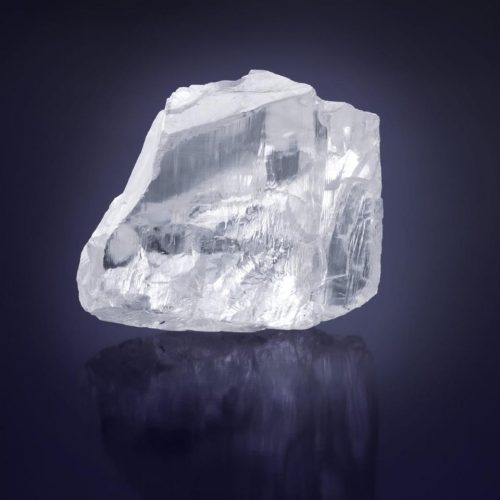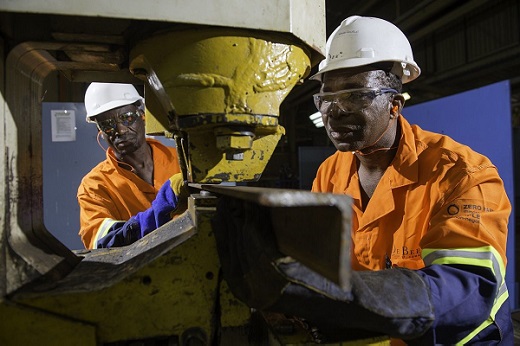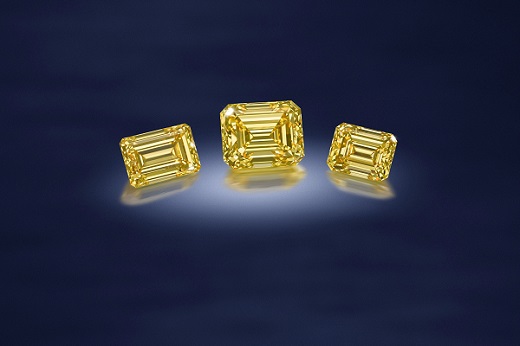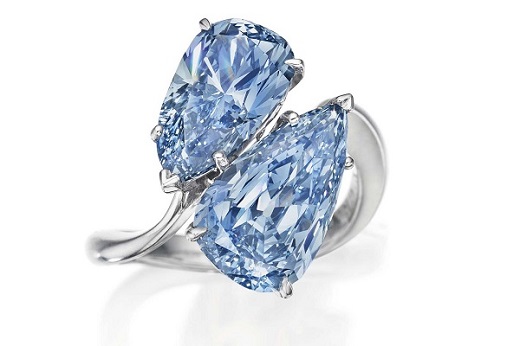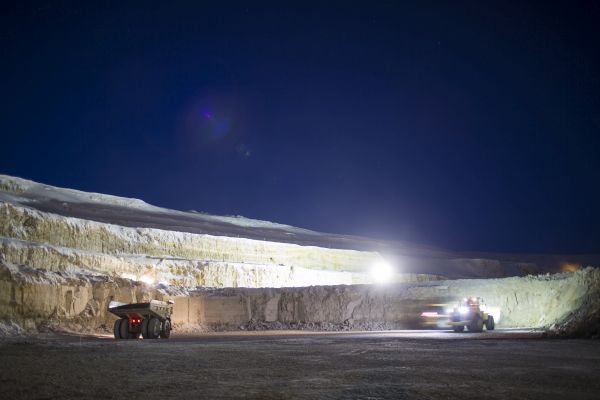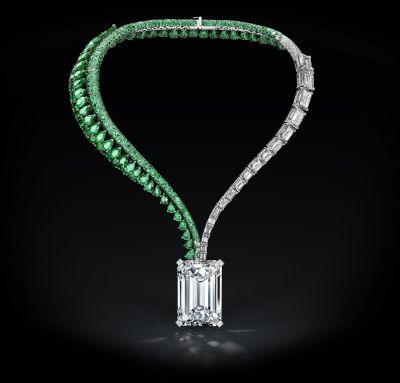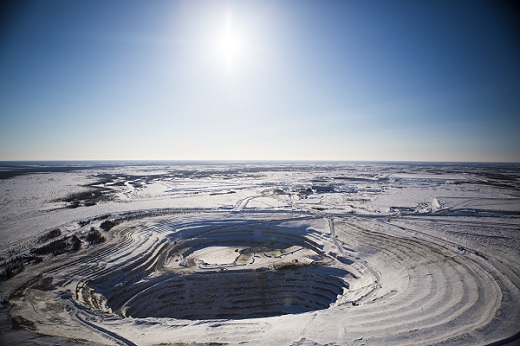Graff Jewellers a leader in the diamond business since 1960 has purchased the 476 carat rough diamond named The Meya Prosperity Diamond.
The Rough diamond was mined in Sierra Leone.
Graff paid $16.5 million for the exceptional rough diamond , another in a long line of extraordinary diamond bought by Graff.
The magnificent rough diamond is the 29th largest diamond ever recovered and is the fifth largest stone from Sierra Leone.
De Beers reported steady demand for rough diamonds at its December sight as sales showed an increase over the equivalent period last year.
The miner sold $450 million worth of rough in its final sales cycle of the year, including last week’s sight in Gaborone and its auctions, it reported Tuesday. Provisional proceeds rose 6.6% compared with actual sales for the same period last year, though they slipped 3.4% from November sales.
Read More: diamonds.net
In 1940 when R.V. Cullinan the son of the renowned diamond magnate Sir Thomas Cullinan asked De Beers director Pierre De Villiers to buy him some diamonds on his next visit to Kimberley.
A collection of Fancy Vivid Yellow Diamonds owned by South Africa’s mining elite has sold at a Bonhams auction for well above its expected price.
The collection sold as two separate lots at the for a total of $773,350.
A crossover ring with two fancy vivid blue diamonds designed by Graff Jewellers has smashed its pre-sale estimate.
The ring has sold at the Christie’s New York Magnificent Jewels auction fetching more than $12.5 million USD.
Diamond Miner Gem Diamonds has found a 202 carat rough diamond at its Letšeng mine in Lesotho, Sothern Africa. The rough diamond is the latest of seven recovered over 100 carats this year.
The D colour type IIa diamond was recovered when they mine switched to the higher grade K6 section of the main pipe earlier this year.
The Letšeng mine is one of the highest diamond deposits by value in the world with the an average price of $2,397 per carat for the July tender.

De Beers is planning to add the world’s largest custom built diamond mining vessel to its fleet at a cost of $142 million.
The ship will be the sixth belonging to Debmarine Namibia, a 50/50 joint venture between the miner and the Republic of Namibia, De Beers said Tuesday. Expected to begin operations in 2021, it will enhance the company’s ability to recover diamonds off the southern African country’s Atlantic coast, the rough producer added.
“There is a great amount of potential in Namibia’s marine diamond deposits, and this new vessel will support our strategy to continue to grow our offshore operations,” said De Beers CEO Bruce Cleaver.
Earlier this year, De Beers launched the MV SS Nujoma, the world’s largest diamond sampling and exploration vessel. Acquiring the new ship will help the company capitalize on that vessel’s work, and support the long-term future of Namibia’s diamond sector, Cleaver added.
Kleven Verft, a Norwegian ship-building company that constructed the Nujoma, will also build the new vessel, and has signed a memorandum of understanding with De Beers.
Source: Diamonds.net
The Diamond Producers Association announced the launch of their operations in the country to build confidence among consumers.
India polishes 85 90 percent of the diamonds today accounts for only seven percent of the global polished diamond consumption. DPA believe this is a huge opportunity to build the India market by promoting the integrity and reputation of diamonds and ensuring the sustainability of the industry.
DPA has reached out to 3,000 retailers and will offer training and education in diamonds. DPA will expand training across the country.
The DPA is an alliance between ALROSA, De Beers, Dominion Diamond, Gem Diamonds, Lucara Diamond, Petra Diamonds and Rio Tinto. These are the leading diamond miners globally. Which together produce over 75 percent of the world’s rough diamond production.
DPA is also working with the Gem and Jewellery Export Promotion Council to build trade relationships and best trade practices.
Dealers reported a difficult but stable rough market as De Beers’ November sight closed with a value of $455 million — 4% lower than the same period a year ago.
The rough market improved slightly from the October sight, which was the smallest sale of the year as Indian manufacturing slowed for Diwali. However, sightholders still noted weak profitability on De Beers goods during November, with premiums on the secondary market close to zero.
Most boxes of diamonds from last week’s sight commanded prices on the dealer market that did not cover the costs of doing deals, explained Dudu Harari of diamond broker Bluedax in a report on the sight.
Read More: diamonds.net
The largest diamond offered at an auction went under the hammer in Geneva Tuesday setting a world record for a diamond of its shape.
The D colour 11A type flawless diamond was Polished from a 404 carat rough diamond which was recovered in February 2016 in the Lulo mine in Angola.
The 163.41 carat called The Art of Grisogono, sold for $33.8 million, after taxes and commissions, at the Christie’s autumn jewellery auction.
Production will cease at the De Beers Victor mine in Canada in 2019, the company announced Wednesday.
The Diamond Mine in Ontario started production in July 2008 will continue to operate until the open pit is exhausted. This is in line with the company’s original study of mine and the plan for the project.
The mine has yielded 7 million carats of rough exceeding the forecast of 6 million carats predicted for its life of mine.
De Beers discovered the Victor kimberlite cluster in 1987 the first economically viable mine in Canada.
